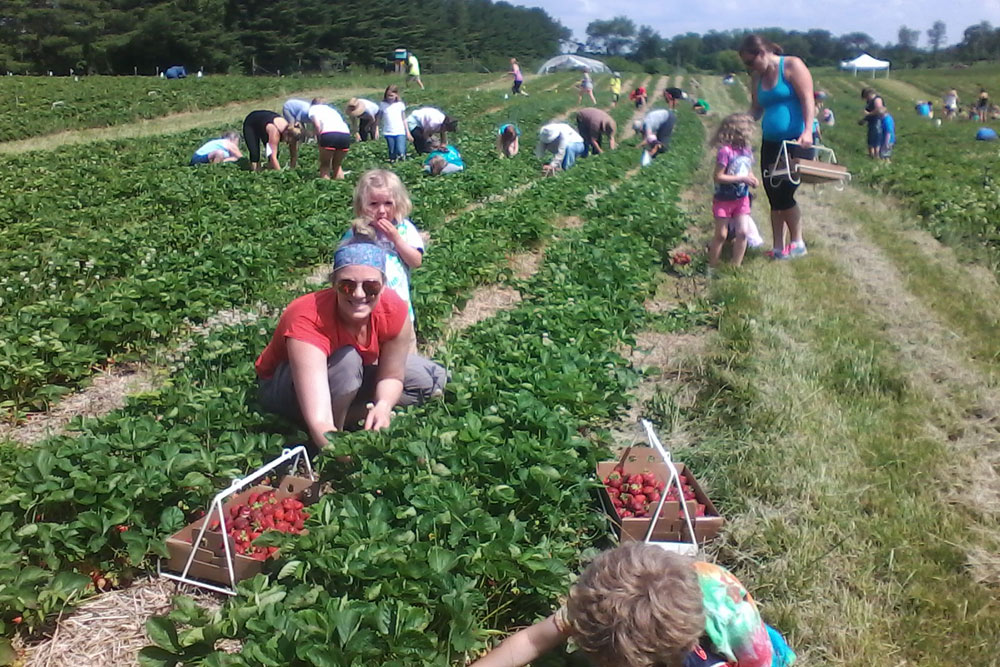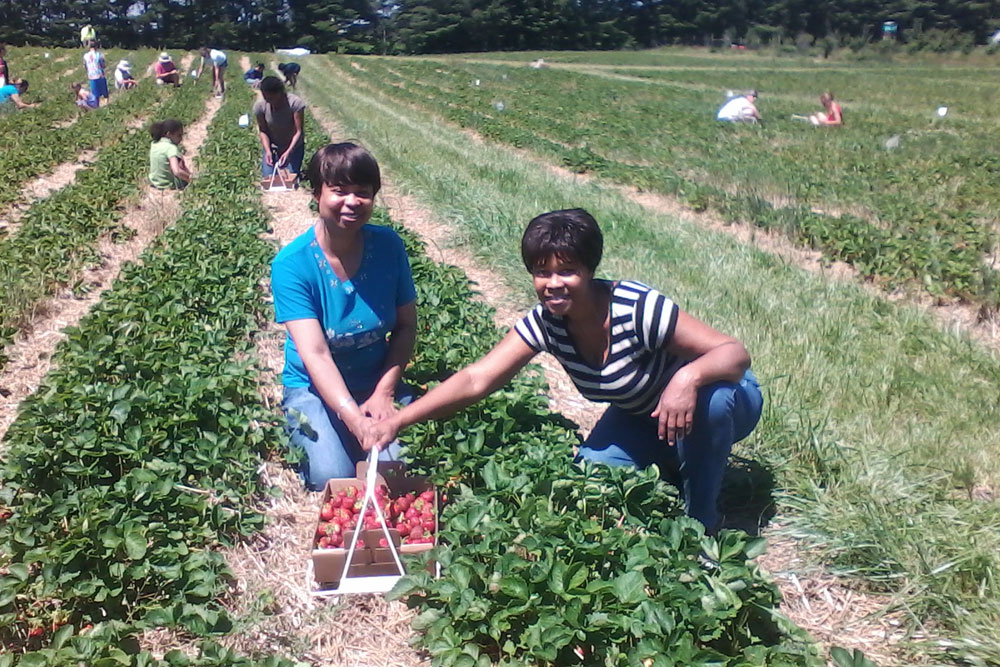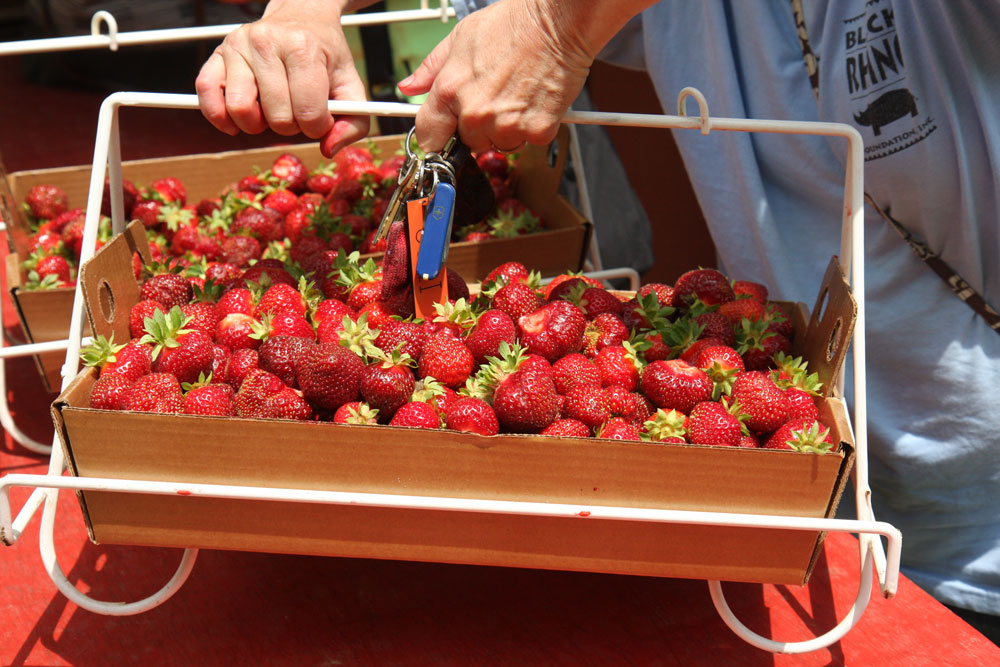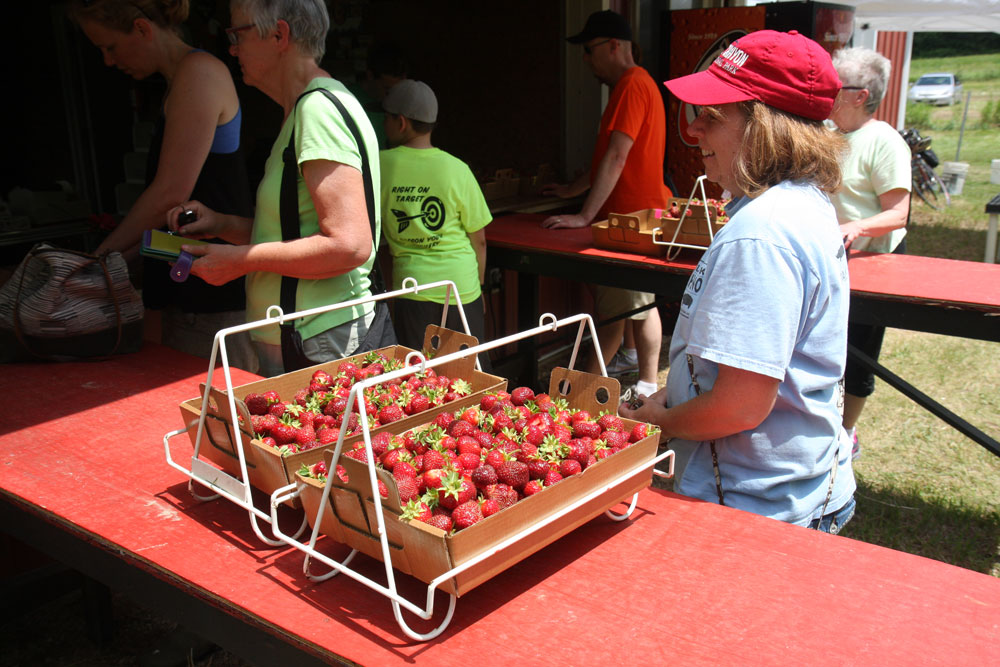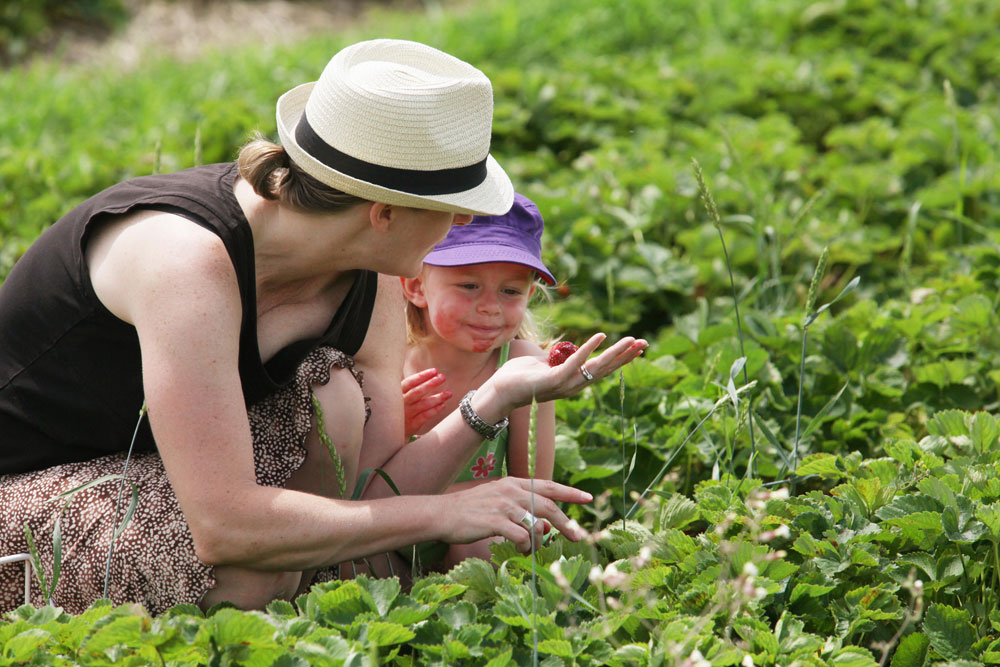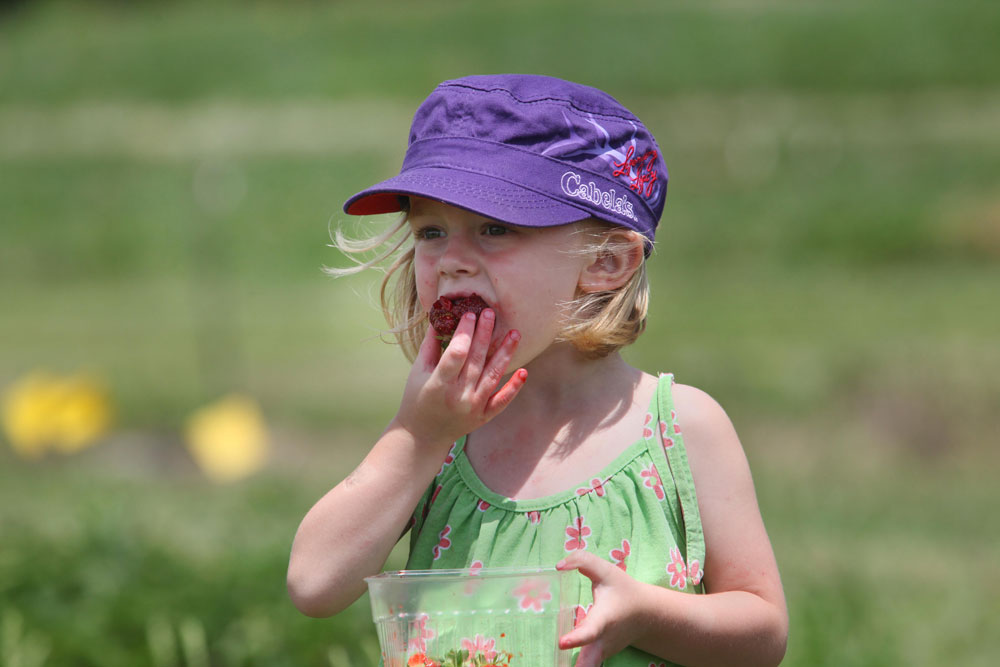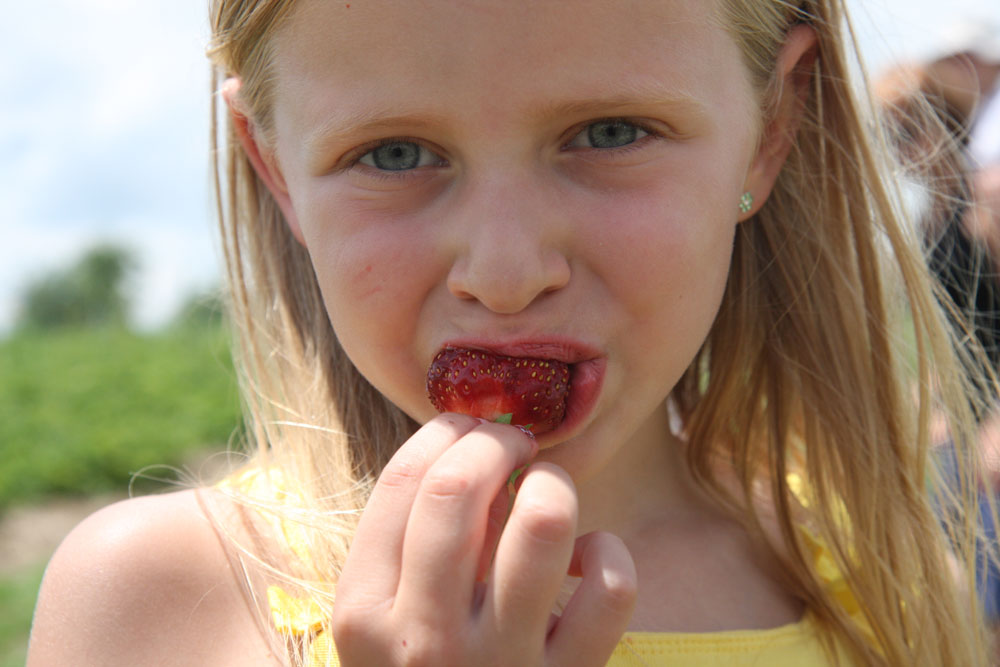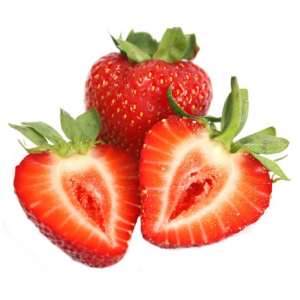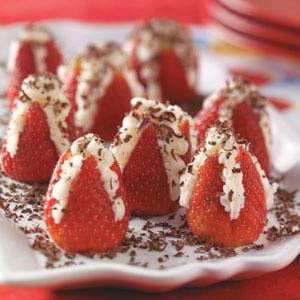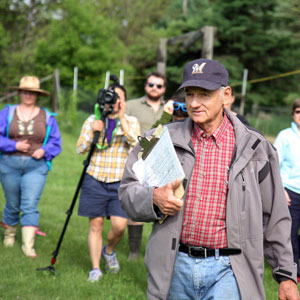Note: Picking containers are provided and each large container holds between 10 – 16 pounds and scales are adjusted to ensure you ONLY pay for what you pick. If you reuse your picking container during future visits you will receive a 25 cent discount as a thank you for recycling. .
From our Family to Yours - We Thank You for supporting your local, family owned/generational farm :)
|
|
Cash or Check Only
Note: Large Picking containers are provided and each container holds between 10 – 16 pounds and scales are adjusted to ensure you ONLY pay for what you pick. If you reuse your picking container during future visits you will receive a 25 cent discount as a thank you for recycling. Always Check the DAILY UPDATE before coming out to pick strawberries. Many factors including ripening needs, inclement weather, and getting picked-out for the day may contribute to abrupt adjusted hours of operation. We love to hear feedback about our berries and our fruit farm.
|
ABOUT STRAWBERRIES
Strawberries may be the most widely adapted fruit species on earth. They have evolved and adapted in the wild from equatorial to arctic regions, from saline beaches to Alpine environments. Characteristics vary widely, but there are two basic types, day neutral land seasonal bearing.
The basic difference is day neutral types can set fruit buds independent of day length and therefore exhibit “ever-bearing characteristics”. This is the type shipped in from Florida, California and Mexico. Seasonal bearing types only set fruit buds during short day conditions, generally 12 hours of daylight or less. Consequently they set buds in the fall and produce one concentrated crop of fruit in later spring, early summer. These are the “June-bearing” types that we grow for local consumption in our temperate climate.
Crop potential is determined the previous fall, so it is very important to have healthy plants in the fall and protect them over-winter. During most winters with normal snowfall for insulation against the cold, plants would not be damaged. If damage does occur the plants usually recover, but dormant fruit buds in the plant crown can be damaged or destroyed, even if the plant survives.
We apply approximately 6 tons of wheat straw per acre in late fall, early winter as an insurance policy against winter injury. Timing is critical because plants should be totally dormant before application. Mulch also protects against freeze/thaw injury to roots in early spring by keeping soil temperatures more constant. This can be critical in our clay-based soils, where high water retention accentuates root damage when warm day temperatures thaw frozen soil and cold night temperatures re-freeze it.
Timing the removal of mulch from over the plant row in the spring is critical. Removing too early could subject plants to freeze/thaw damage and other stress factors. Removing too late can reduce plant vigor and yield as plants try to grow under the mulch using stored energy reserves. Mulch is never removed from the field, it is moved from over the plant row to the aisle between rows where it continues to serve as a weed barrier, moisture retainer, soil coolant, fruit rot barrier and keeps the fruit clean for harvest. After harvest the mulch is tilled in as organic material and soil conditioner.
Wild species of strawberries throughout the world offer a huge repository of genetic material for plant breeding and cultivar selection. Unfortunately, most domestic varieties originate from only a small portion of this genetic material with emphasis on size, appearance and yield. There is a great need to introduce sustainable characteristics such as disease and insect resistance as well as for adaptability and nutritional content. Introducing sustainable characteristics throughout the food chain is an essential element for reducing global warming.
We, as both growers and consumers, are fortunate to have one of the premier strawberry plant breeders in the Midwest located right here in Wisconsin. Dr. Brian R. Smith, Professor of Horticulture and State Extension Fruit Specialist at UW-River Falls, started the fruit research program at River Falls in 1990. This relatively new program is on the cutting edge for sustainable plant breeding. He is poised to introduce new strawberry cultivars with a diverse genetic background. This vital plant-breeding program is very efficiently run and has the administrative support of the UW system, but is in desperate need of line item budgeting to achieve long-term goals of sustainable plant breeding. As consumers of the future, it is important to advocate for and support a legislative initiative to provide a reliable continued source of funding.



